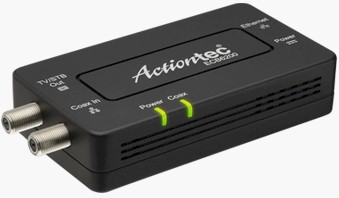davis.anthony
Veteran
I currently have 500mbps fibre connection and due to the location of my PC the wifi signal, to be blunt, is shit.
I bought some Delvolo D500 powerline adapters when I bought the house 10 years ago and in my old man cave I used to get very fast speeds on a wired connection, but since my daughter arrived I've moved in to a room that's far, far away from the router and the speeds are now abysmal.
So my question is, given the powerline adapters I currently use are knocking on for 10 years old, am I likely to get better speeds on a new and more modern set of powerline adapters that use more advanced transmission techniques??
I bought some Delvolo D500 powerline adapters when I bought the house 10 years ago and in my old man cave I used to get very fast speeds on a wired connection, but since my daughter arrived I've moved in to a room that's far, far away from the router and the speeds are now abysmal.
So my question is, given the powerline adapters I currently use are knocking on for 10 years old, am I likely to get better speeds on a new and more modern set of powerline adapters that use more advanced transmission techniques??



